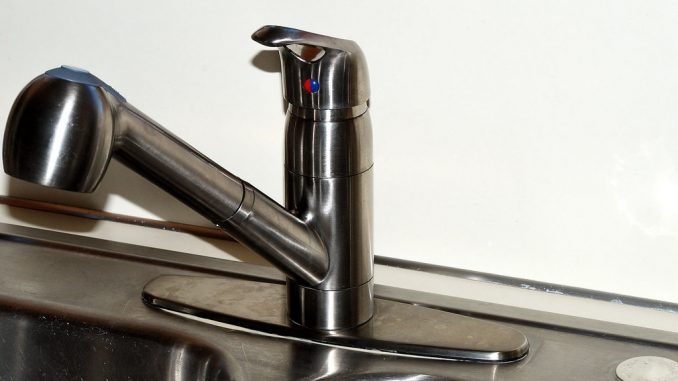
When it comes to plumbing and pipe repair, there are two different types of putties available – plumber’s putty and epoxy putty.
Both look similar and both are used to seal. They are however different repair compounds with different properties – and that means that they serve different purposes.
Using plumber’s putty for a task that requires epoxy putty and vice versa can be difficult mistakes to rectify.
One mix up could see you permanently fix in place a plumbing part that you need to remove at a later date. The other might result in significant water pressure running through a cracked pipe which is now held together by a material with the strength of playdough!
Here, we explain the difference between plumber’s putty and epoxy putty, their respective qualities and where you should use each of these materials.
What is plumber’s putty?
Plumber’s putty is a soft material which is used to make watertight seals around taps, drains and other plumbing parts. It contains oils which allow it to remain soft and flexible and it won’t dry out or crack. Along with thread sealing tape, plumber’s putty is a staple product of any plumber’s toolkit.
What is epoxy putty?
Epoxy putty is a two-part compound made up of resin and hardener. When the two components are mixed together initially, the putty is soft and easy to form with super-strength adhesion. As it starts to cure, it hardens to a material as tough as concrete.
What is the difference between plumber’s putty and epoxy putty?
The main difference between plumber’s putty and epoxy putty is that plumber’s putty stays soft while epoxy putty sets hard. It is important to remember that distinction when it comes to selecting which type of putty you need for the job at hand.
If you may need to remove the part or fixture which you are sealing at a later date, then you should use the softer plumber’s putty as it will remain flexible.
For tasks which require a more permanent solution, such as repairing cracks and holes in pipework, then hard-curing epoxy putty is needed to provide a pressure-resistant repair.
Where should I use each putty?
Plumber’s putty should be used to provide seals between joints and fixtures. It is designed to stop water seeping through gaps rather than sealing large cracks in pipework. Taps, sinks and drains are all places where you would use plumber’s putty.
Epoxy putty is used to repair holes in pipework and for emergency pipe repair. It can be pushed into cracks while soft before hardening around the leak area.
Epoxy putty is waterproof and resists pressure; if you were to try and fill a hole on a pipe with plumber’s putty, the putty would come off as soon as water began flowing through the pipe at any sort of speed.
When using epoxy putty to repair a leaking pipe, it is important to make sure that the product which you are using is WRAS approved – especially if the pipeline in question is carrying water which might be consumed by humans.
WRAS approval means that the repair material has been certified as safe for use with drinking water. If a repair material is not WRAS approved, then it may contaminate the water in the supply line.

Leave a Reply